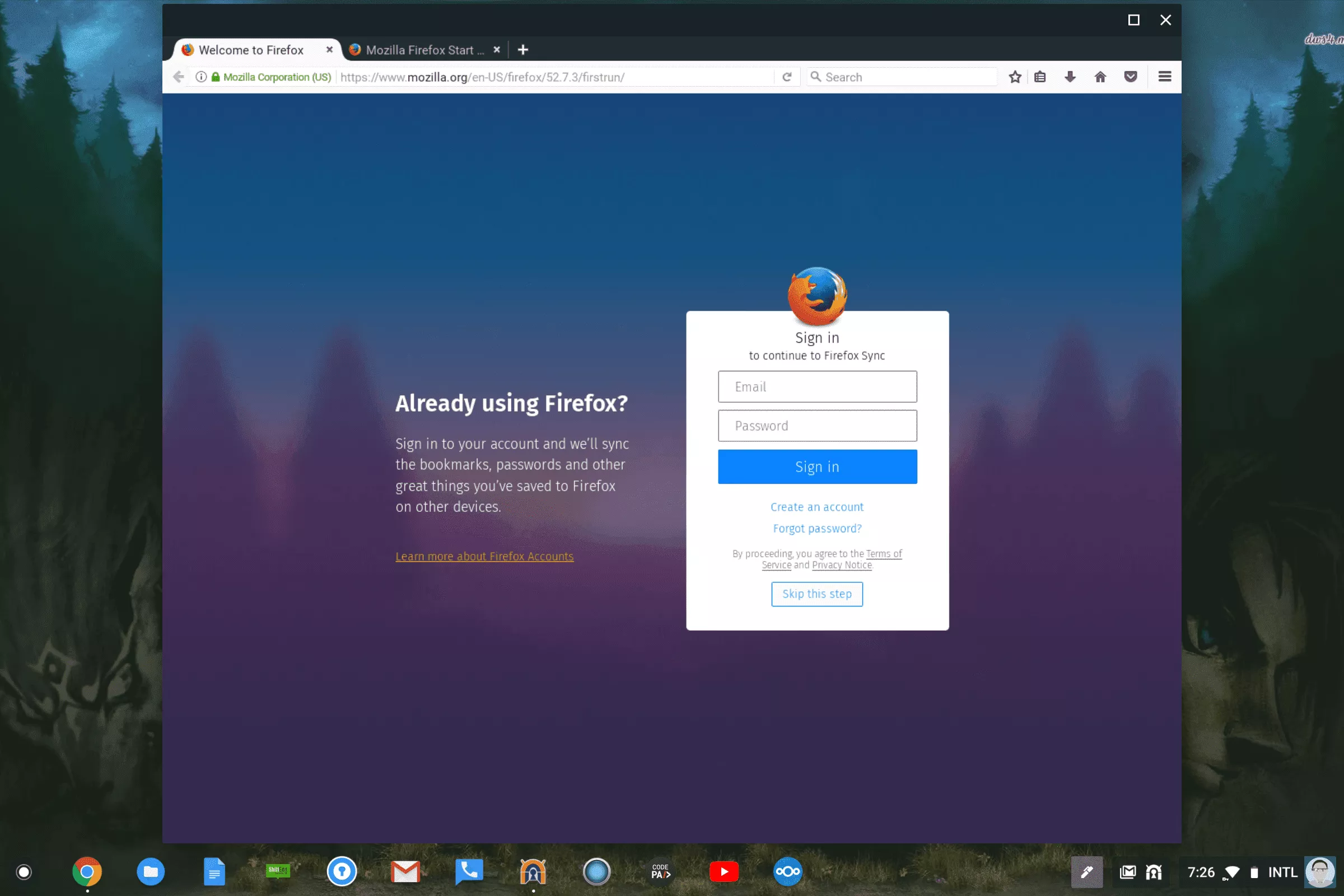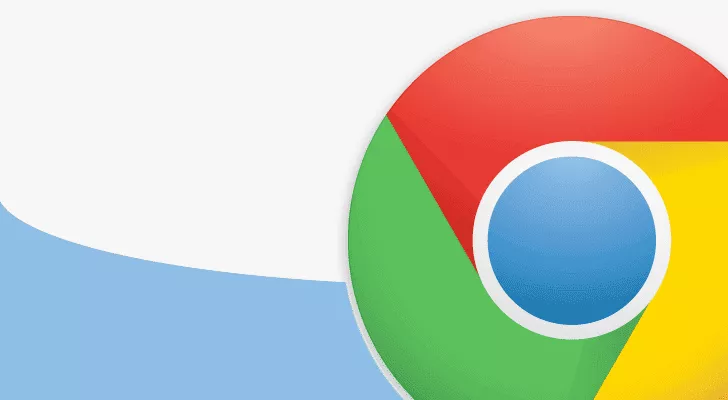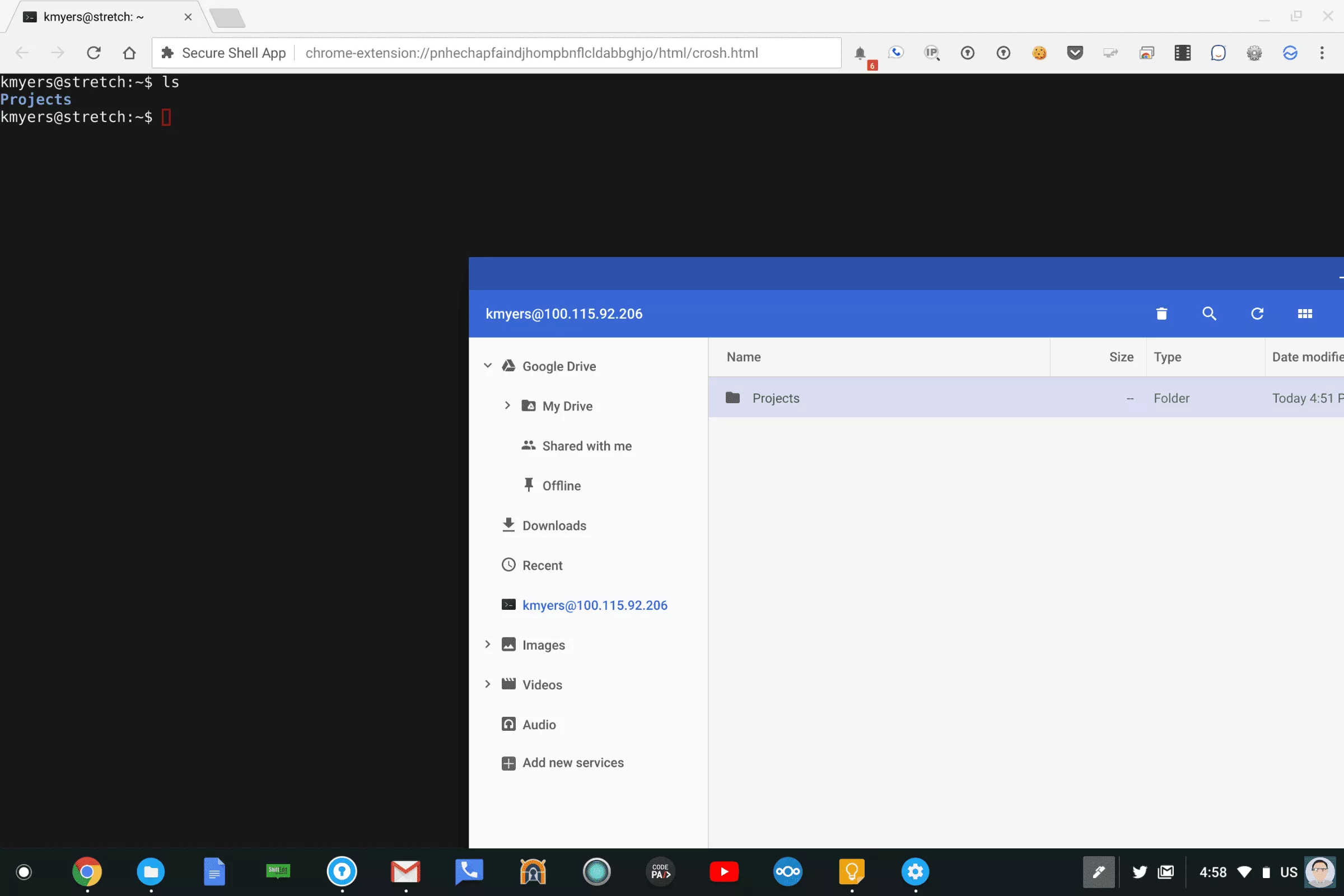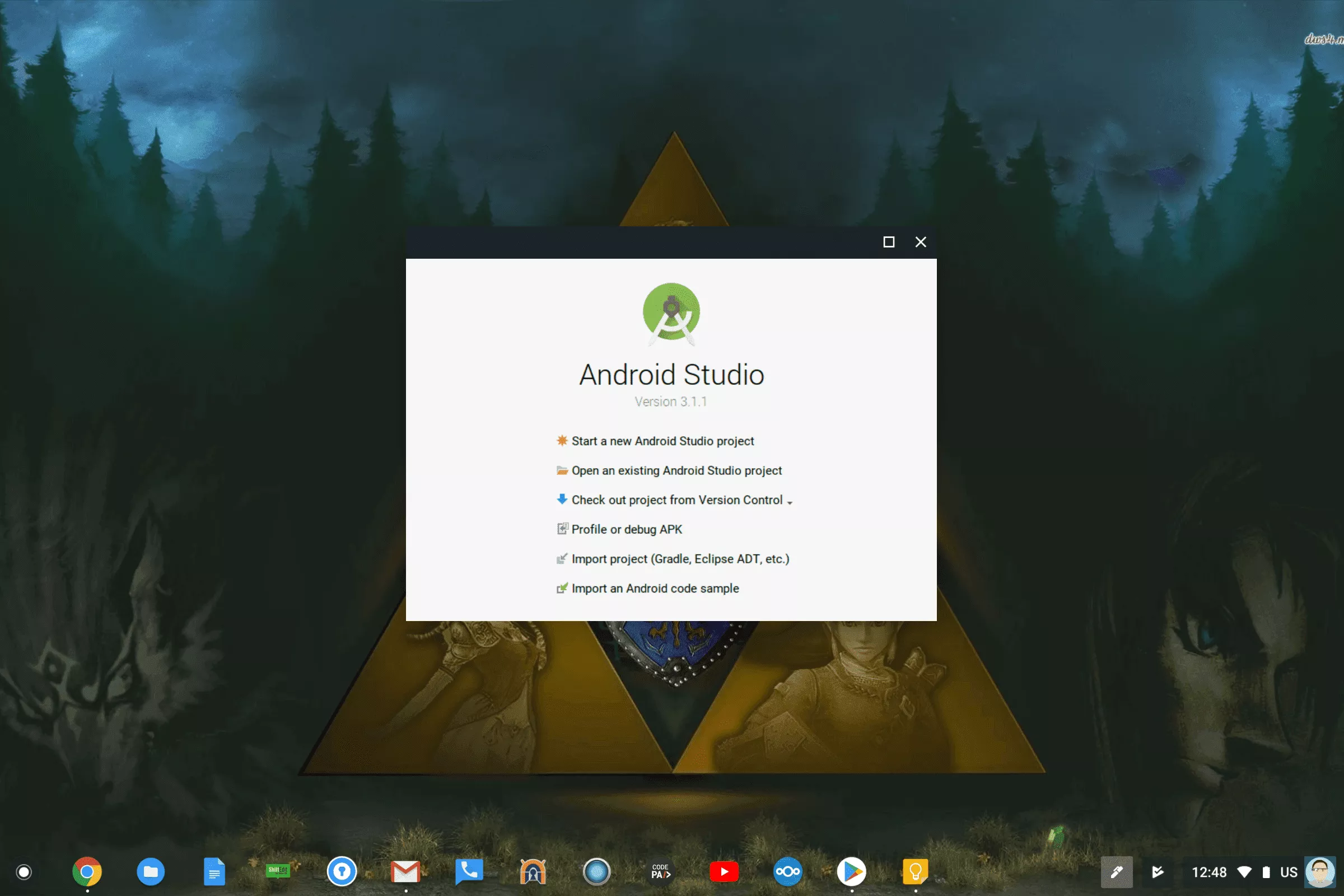What are the Limits of Project Crostini

I have been writing a lot about Project Crostini Containers over the past week and overall it is an impressive feature that exposes the true power and potential of ChromeOS. Over the past few days, I have found a few problems with Project Crostini that some readers may find problematic.



